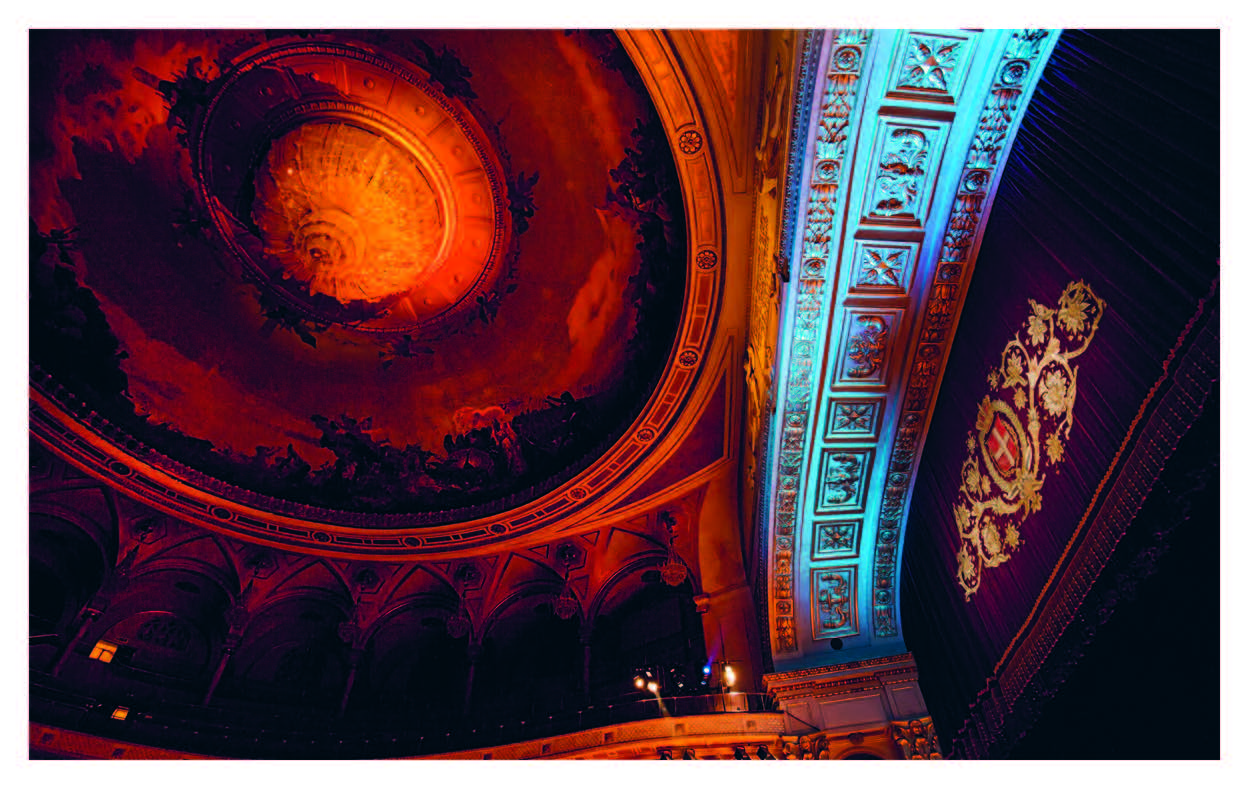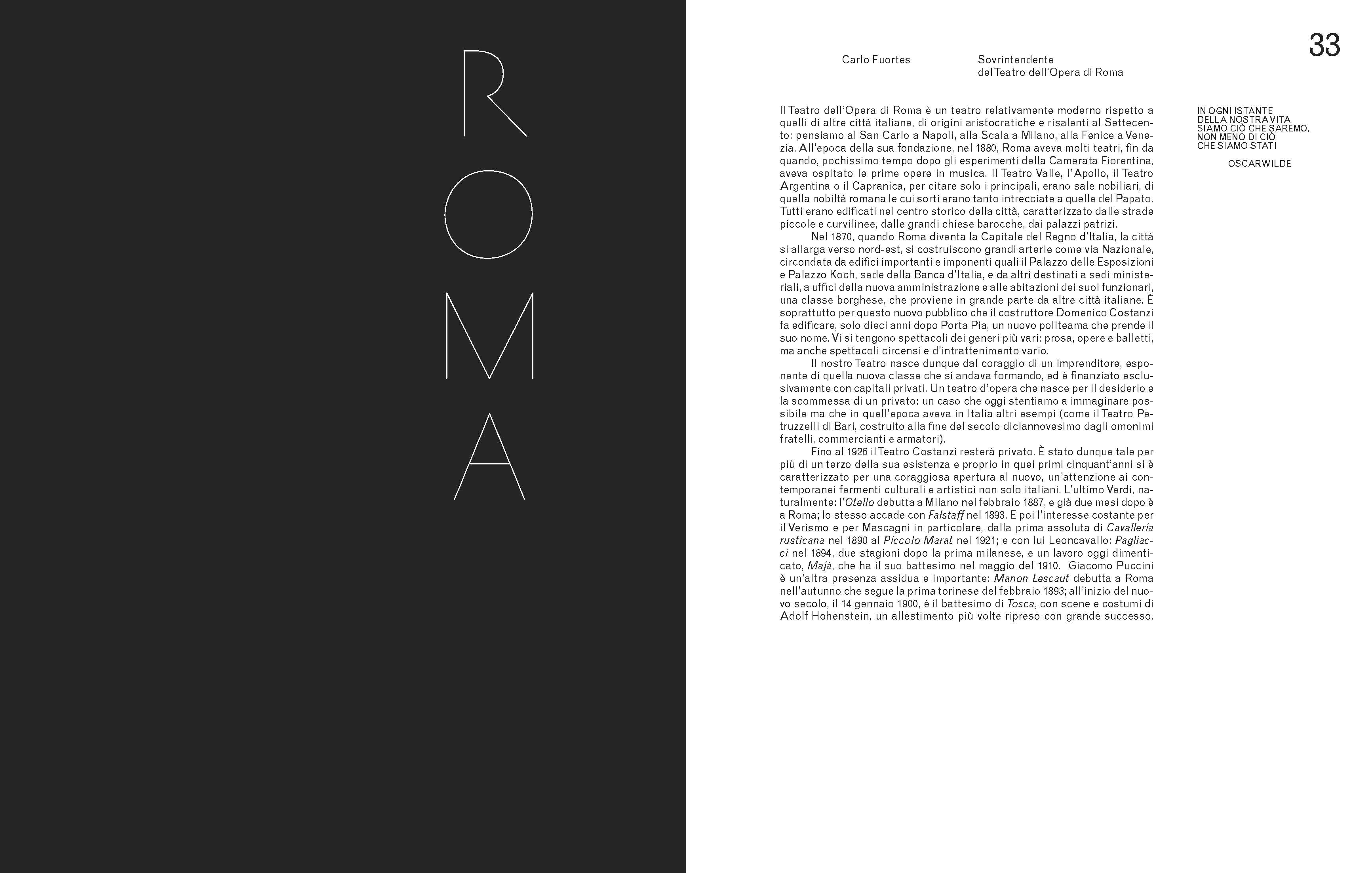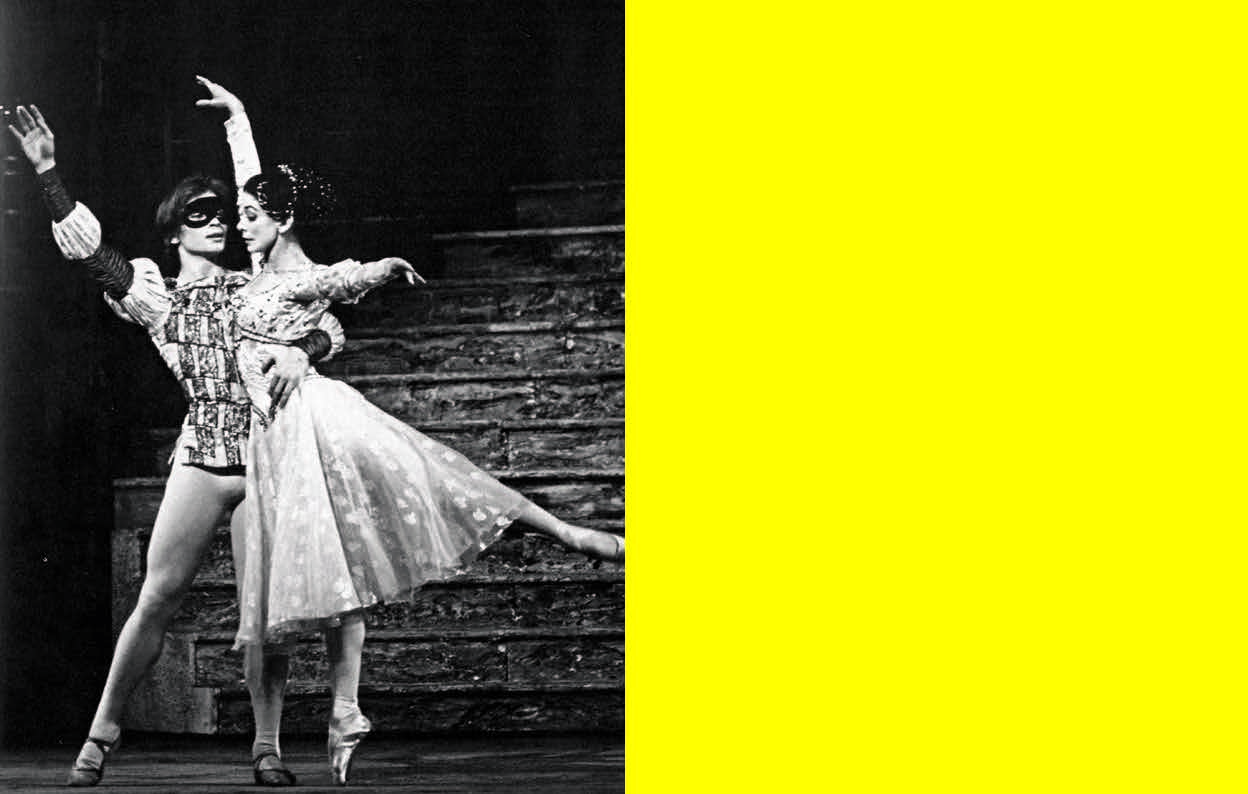The first exhaustive monograph to trace the long, densely-packed history of the Teatro dell'Opera in Rome from its past to a present in which it once again enjoys its rightful role as a temple of tradition.
A lively tale told by the knowledgeable Francesco Reggiani and a series of illustrations, some of them previously unpublished, from the treasure trove of the Opera’s archives which he is responsible for. After a light-hearted essay by Claudio Strinati, whose proud memories firmly place the Opera and its activities at the centre of Rome in its role as the cultural capital, dozens and dozens of richly-illustrated entries retrace the three ages of the Opera House in three canticles: Costanzi (1880-1926); the Royal Opera House (1928-1946); the Teatro dell’Opera (from 1946 to the present).
The book includes a rich assortment of great names from politics, culture and society – from the founder of the Opera to Mussolini, Piacentini and others involved in its architectural and functional metamorphosis, great singers (from Caruso to Callas), directors (Visconti, Zeffirelli
), composers (from Mascagni to Verdi and Puccini with their first nights), playwrights and conductors (from von Karajan to Muti), actors and actresses (Eleanora Duse, Sarah Bernhardt, Isadora Duncan), dancers and ballerinas (from Nureyev to Fracci), choreographers such as Béjart, scenographers and costume designers, often artists (Cambellotti, de Chirico, Calder, Manzù and many others). It also narrates Futurist evenings, Russian ballets, Stravinskij and Picasso, prose and circus programmes, Belle Époque balls, guest appearances by famous foreign theatre and ballet companies and great events, curiosities and anecdotes down to the present day.
A section of the volume is dedicated to the glorious seasons of the Opera at the Baths of Caracalla and an album of illustrations with shots by great photographers of the stunning opera house, its stage and backstage, laboratory activities, rehearsals and outstanding performances of past seasons.


